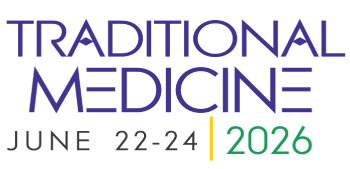Iridology
Iridology is an alternative medicine which is used to diagnose illnesses, organs, and tissues in the body. It involves looking at the iris of the eye, which is the area right behind the pupil, and analyzing the pigmentation of the iris that will indicate signs of illness or dysfunction in different areas of the body. This technique has been used in traditional medicine for centuries. It was first described by Hippocrates, the ancient Greek physician who is often called the father of Western medicine, in the fifth century BC, and it was further developed by Johann Goebel in the late 1800s. Iridology is based on the idea that the iris is related to the rest of the body, and that changes in the eye's pigmentation can correspond to underlying problems in other areas. It is thought to be able to accurately show evidence of systemic illnesses and imbalances. Today, Iridology is widely used in many traditional medicine practices, such as Ayurveda, Chinese medicine, and European naturopathy. It is also used by many holistic healthcare practitioners as a way of gaining insight into the overall health of their patients. In Iridology, practitioners use a variety of methods to look at the eye, including looking at the eye through a microscope and taking photographs of the eye to record any changes that occur. They look for signs such as spots, blemishes, or discoloration in the iris which could indicate an imbalance. Iridology is not an isolated practice but a complementary medicine and should not be used to replace conventional medical tests and diagnosis. As with all alternative medicines, it is best to consult with a specialist to get a reliable diagnosis.

Kenneth R Pelletier
University of California School of Medicine, United States
Girish Momaya
Maharishi European Research University, Netherlands
Angela Sanda Tudor
Society of TCM from Romania, Romania
Julieta Andico Songco
JAS Consulting Services, United States
Debrah Nadler
Alzheimer’s Support, LLC, United States
Bhavna Singh
Mango Wellness, United States




Title : Functional integration of chiropractic into the traditional medicine paradigm
John Downes, Life University, United States
Title : Change your genes - Change your life: Sorting the hope from hype of human longevity
Kenneth R Pelletier, University of California School of Medicine, United States
Title :
Laure Le Corroller, Dr.& Master Sha Tao Academy, Canada
Title : The importance of integrating TCM with conventional medicine in the diagnosis and treatment of physical and mental exhaustion due to excess or lack of professional activity
Angela Sanda Tudor, Society of TCM from Romania, Romania
Title : Examining the factors that decrease and increase the effect of acupuncture
Yucel, Elonysia LLC, Turkey
Title : Painless scalp electroacupuncture therapy for autism spectrum disorder
Zhenhuan Liu, University of Chinese Medicine, China